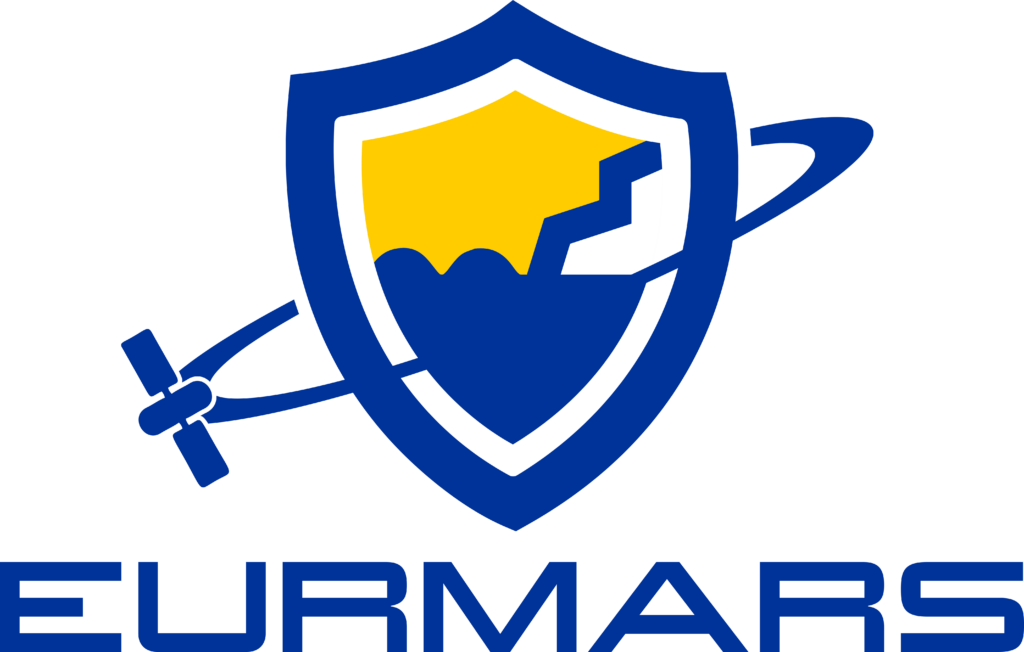Building Trust in Border Technology – The Science of Systematic Validation
Building Trust in Border Technology
The Science of Systematic Validation
European researchers have developed revolutionary frameworks for ensuring that border surveillance systems actually work in the real world. These scientific approaches to validation are transforming how we build trust in critical security technology.
The Assurance Case Revolution
For decades, security system validation relied on simple checklists and compliance matrices. European researchers have introduced a more sophisticated approach: the “assurance case” a documented body of evidence that provides a convincing and valid argument that a system is adequately built for its intended purpose.
Breakthrough Concept: Rather than just checking boxes, assurance cases require explicit arguments connecting evidence to claims, creating a transparent reasoning process that can be audited and verified.
This approach represents a fundamental shift from “does it meet standards?” to “does it actually work for its intended purpose?” The difference is crucial in complex border security environments where standard compliance doesn’t guarantee operational effectiveness.
The Hierarchical Framework for System Validation
The assurance case methodology organizes evidence in a hierarchical structure that moves from abstract goals to concrete proof. This systematic approach ensures that every aspect of system performance is rigorously validated.
What is the system supposed to achieve? Enhanced border security, improved threat detection, better resource allocation.
Specific claims about system capabilities: “The system can detect small vessels at 95% accuracy” or “The interface reduces decision time by 30%.”
Actual test results, operational data, risk assessments, user feedback, and validation studies that support each claim.
This hierarchical structure ensures that high-level goals are systematically connected to real-world evidence. Every claim must be supported by tangible proof, creating a chain of reasoning that can be examined and validated by independent experts.
Requirements Reuse: Accelerating Innovation
One of the most significant innovations emerging from European research is the systematic reuse of requirements across different border security projects. This approach addresses a critical challenge in European security research: how to build upon previous work rather than starting from scratch with each new initiative.
Case Study: Multi-Project Knowledge Transfer
Analysis of seven major EU-funded border management projects revealed that requirements reuse could have accelerated development by 40% while improving consistency across related systems.
This flow represents a paradigm shift from isolated project development to continuous knowledge building and refinement across the European security research ecosystem.
The benefits extend beyond efficiency. Requirements reuse ensures that lessons learned from operational deployment are captured and applied to future systems. When border guards identify problems or suggest improvements, this knowledge can be systematically incorporated into new projects.
Scientific Benefits of Systematic Validation
The research reveals multiple scientific advantages of these new validation approaches:
Clear reasoning chains make system capabilities and limitations visible to all stakeholders
Validation focuses on operational effectiveness rather than just technical specifications
Systematic knowledge transfer accelerates learning and innovation across projects
Documented evidence and reasoning provide legal protection for system operators
Transparent validation builds trust among operators, managers, and oversight bodies
Evidence-based approach enables continuous system performance improvement
Real-World Implementation Success
European border security agencies have begun implementing these validation frameworks with remarkable results. The assurance case approach has been particularly successful in maritime border surveillance, where complex systems must operate reliably in challenging environments.
The methodology has proven especially valuable for systems incorporating artificial intelligence and machine learning. Traditional validation approaches struggle with AI systems that learn and adapt over time. Assurance cases provide a framework for validating not just the initial system, but its ongoing performance and evolution.
Operational Impact: Agencies using systematic validation report 60% fewer system failures and 45% faster problem resolution when issues do occur.
Implications for Future Security Technology
The research has profound implications for how we approach security technology development. Rather than focusing solely on technical innovation, we must equally invest in validation innovation, the science of ensuring that technology actually works as intended.
This shift represents a maturation of the security technology field. Just as aviation moved from trial-and-error to systematic safety engineering, border security is evolving from technology-centric to effectiveness-centric development approaches.
The European experience demonstrates that the most advanced technology is worthless without systematic validation. Conversely, even modest technology can be highly effective when properly validated and integrated into operational workflows.
Policy and Regulatory Implications
These validation frameworks are influencing European policy and regulation. The European Commission now requires assurance case approaches for major security system procurements, recognizing that systematic validation is essential for public accountability.
The approach also addresses growing concerns about AI transparency and accountability. Assurance cases provide a framework for explaining and defending AI-driven decisions, which is crucial for legal and ethical compliance in security applications.
A New Foundation for Trust
The European research on systematic validation represents a fundamental advancement in how we approach security technology. By moving beyond simple compliance checklists to rigorous, evidence-based validation, we can build systems that deserve the trust placed in them.
This scientific approach to validation provides the foundation for the next generation of border security technology systems that are not only technologically sophisticated but also operationally proven, legally defensible, and worthy of public trust.
As border security challenges continue to evolve, these validation frameworks provide the scientific rigor needed to ensure that our technological responses are effective, reliable, and accountable.
